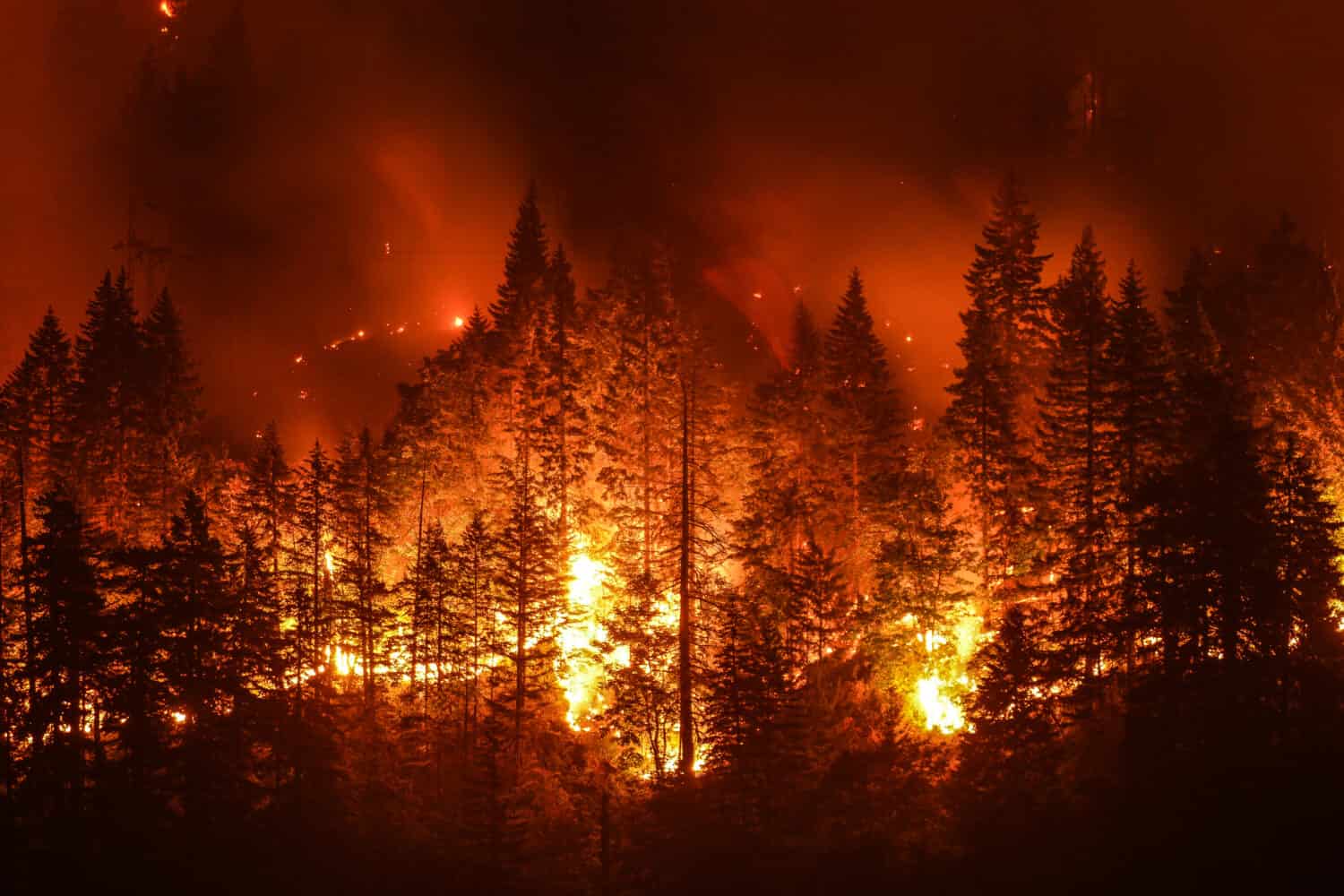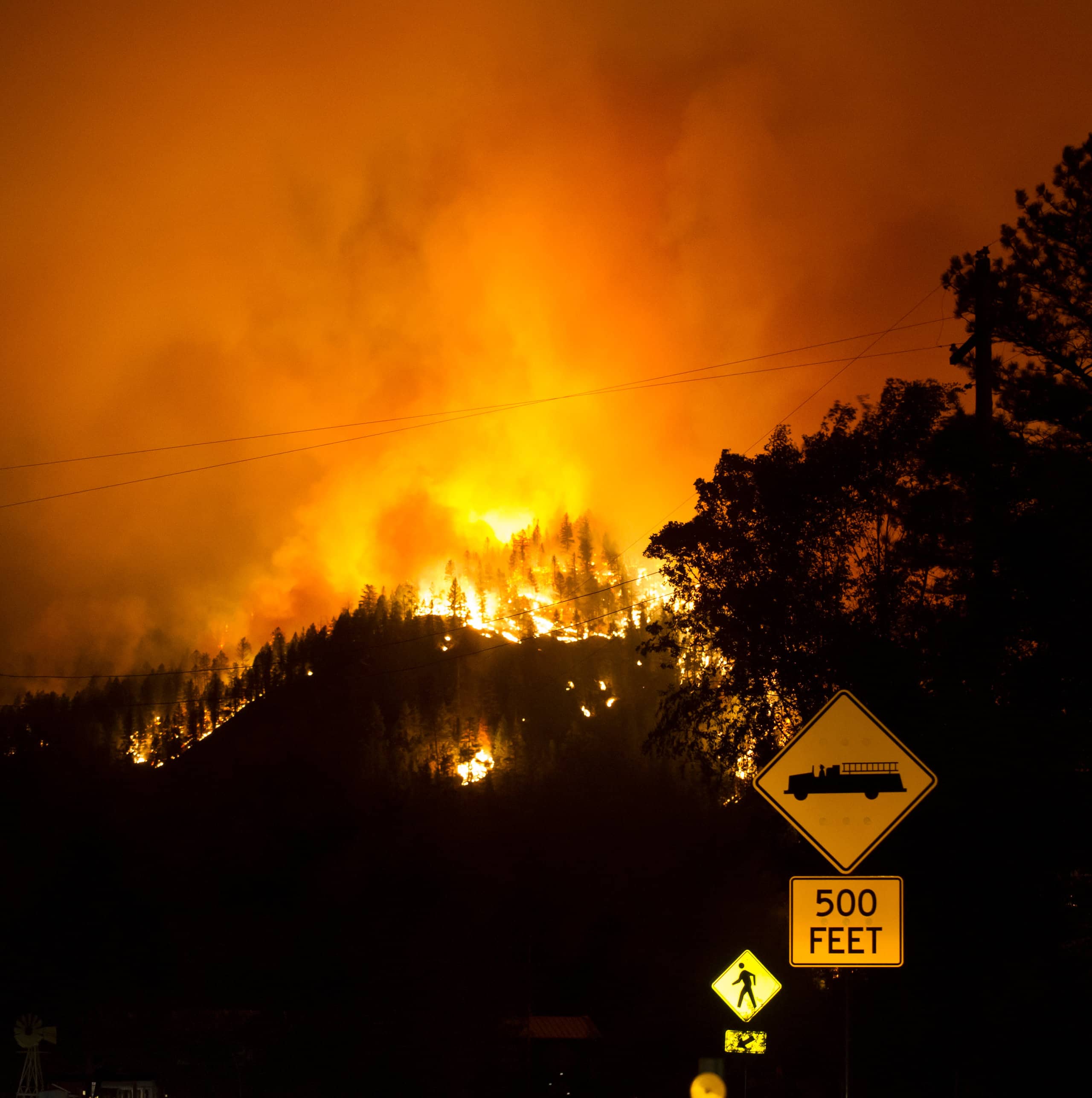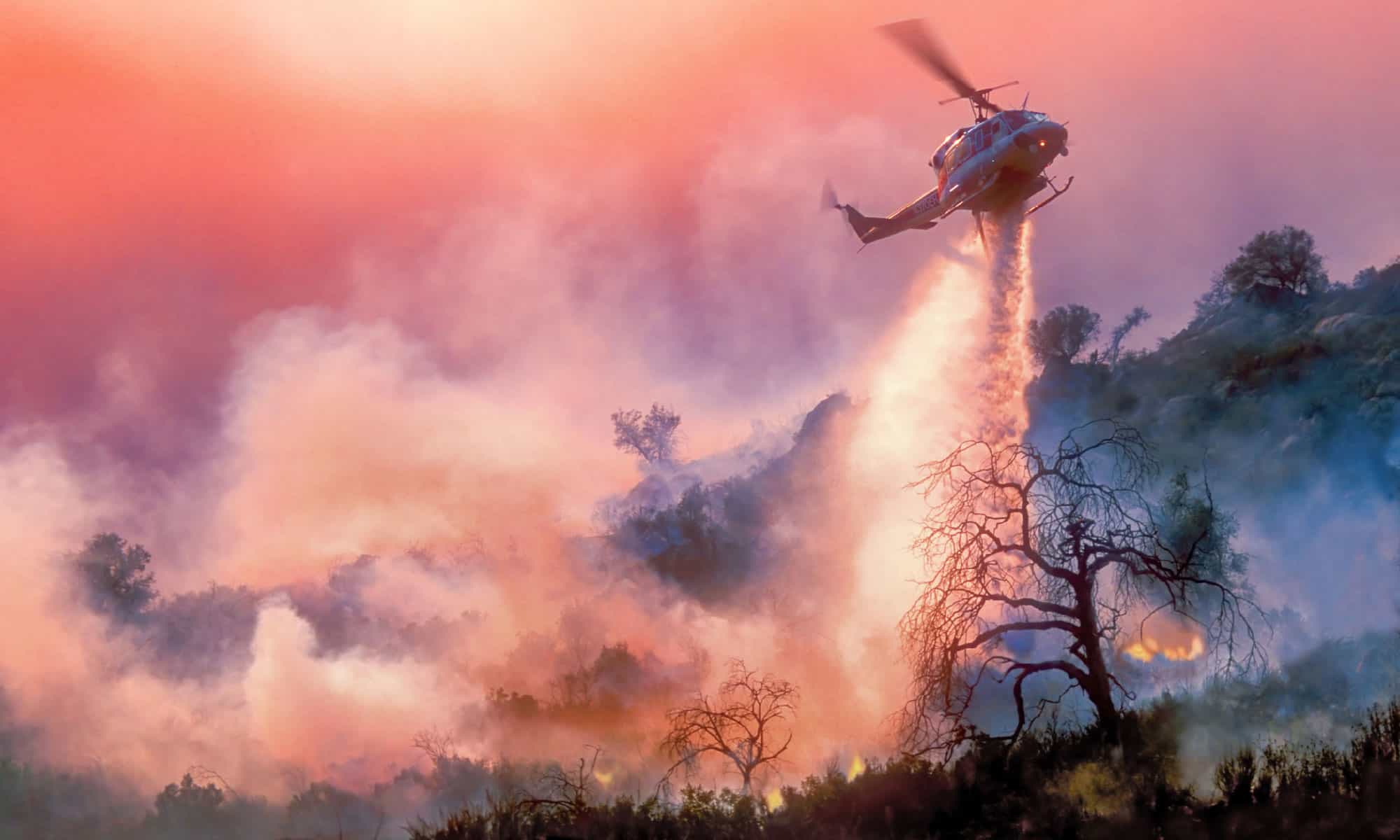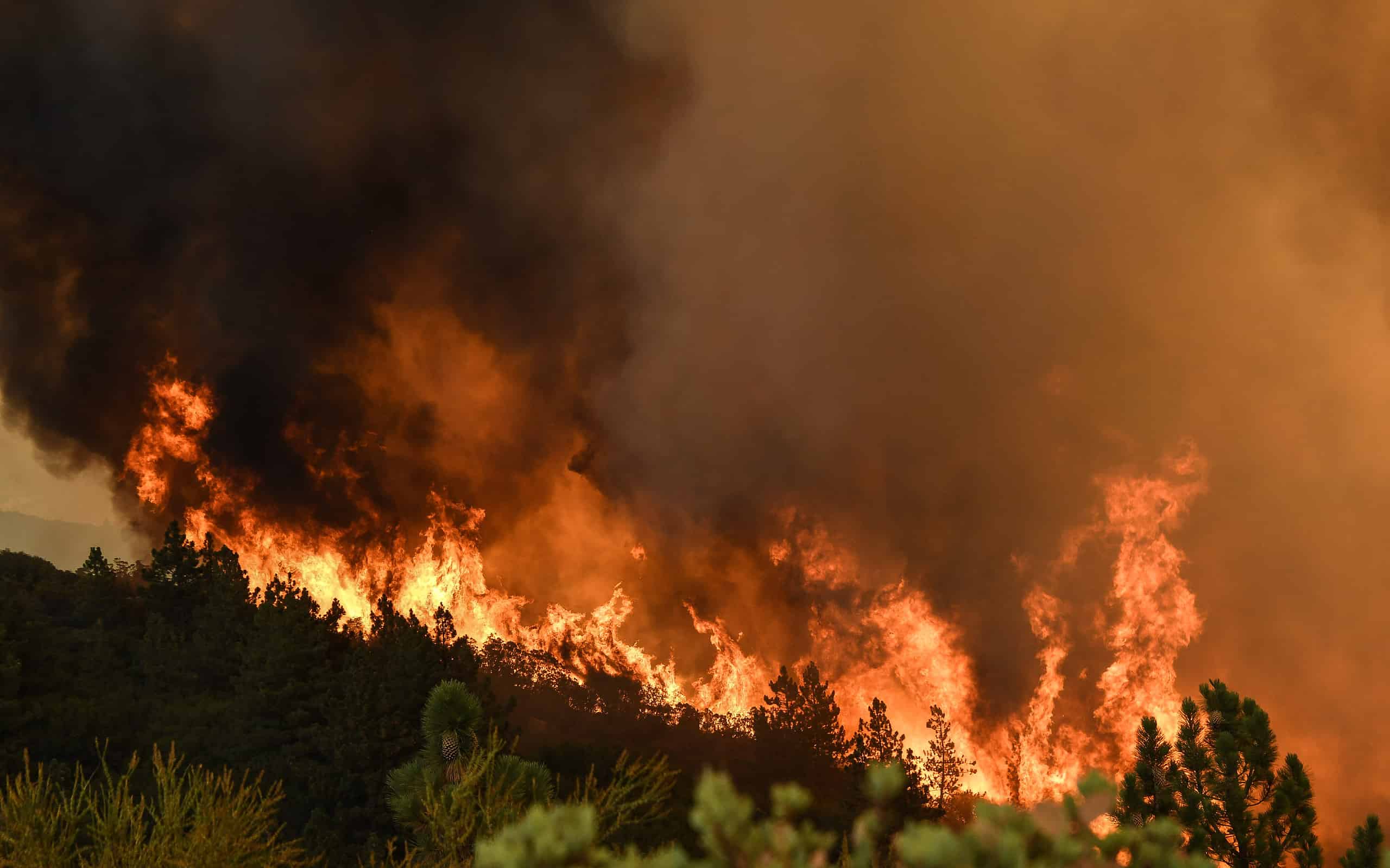What Arizona lacks in other natural disasters like earthquakes or tornados, it makes up for, sadly, with fires. With the Grand Canyon State being one of the hottest and driest states in the country, it is easy for fires to start and spread here. Meanwhile, fires really only need two things: an ignition process and the conditions for it to spread. The conditions include things like fuels, topography, and weather. Fuel, depending on what part of the state it’s in, can be grasses and brush or timber and bushes.
In the last 50 years alone, Arizona has seen around 10 million acres being burned due to wildfires across the state. 10 of these fires burned more than 100,000 acres, and all of them have happened in the last 20 years. Multiyear droughts mixed with extreme weather conditions aid in all of these wildfires. What was once mostly started by lightning has now become more man-made. Here are six of the worst wildfires in Arizona history.
1. Lone Fire, Four Peaks Wilderness Area

Most wildfires are caused by human activities.
©iStock.com/Dimple Bhati
Back in 1996, two campers near the Four Peaks Wilderness area left a campfire unattended. This resulted in one of the biggest fires Arizona had seen in the last 25 years. This wildfire spread for a total of 11 days and destroyed 61,000 acres of land. Additionally, this incident torched an isolated ponderosa pine forest surrounding the summit of Four Peaks. No one was hurt during this fire.
2. Willow Fire, Near Payson

Some wildfires are caused by lightning.
©iStock.com/MichaelPenhallow
In 2004, a lightning strike caused a wildfire. It burned over 115,000 acres of land and lasted almost a month. This disaster came dangerously close to the town of Payson, Arizona. However, it was able to be stopped by firefighters around four miles outside of town. This fire threatened key infrastructures like power lines and communication towers.
3. Rodeo-Chediski Fire, Fort Apache Reservation

Areas with long droughts are more likely to catch fire.
©The-Vagabond/iStock via Getty Images
The Rodeo-Chediski Fire was actually started by two different people within a couple of days of each other. They eventually came together to form one massive wildfire. The Rodeo Fire was started on June 18, 2002, by an out-of-work firefighter named Leonard Gregg. A couple of days later, a woman named Valinda Jo Elliott started a signal fire to get the attention of a passing news helicopter after getting stranded in the forest. Together, over 450,000 acres of land had been torched, and around 300 homes had been destroyed.
4. Dude Fire, Near Payson

Extreme and quick weather changes will sometimes cause wildfires.
©Christian Roberts-Olsen/Shutterstock.com
The summer of 1990 was one of the hottest summers on record in Arizona history. That year, temperatures rose to 122 degrees. In addition to that, the state had been in a severe three-year drought. A dry lightning storm appeared and started a massive wildfire near Payson. Less than four hours after the fire started, over 100 acres had already been burned down. The Dude fire ultimately burned a little over 24,000 acres and took the lives of six individuals.
5. Cave Creek Complex Fire, Cave Creek

Wildfires can quickly spread to thousands of acres.
©Dawn Wilson Photo/Shutterstock.com
In 2005, on the outskirts of Phoenix, Cave Creek had a complex fire that took a couple of landmarks with it. A lightning strike caused the wildfire, and it burned nearly 250,000 acres of land. Unfortunately, this fire destroyed the historic Cave Creek Mistress Mine the second the fire touched it. It also destroyed the “The Grand One,” the world’s largest saguaro cactus. It sat at 45 feet tall and had a circumference of seven feet, ten inches. The cactus was injured in the fire and later collapsed.
6. Yarnell Hill Fire, Near Yarnell

Wildfires can destroy homes and buildings in a matter of minutes.
©iStock.com/David Aughenbaugh
On June 28th, 2013, one of the most devasting wildfires hit Yavapai County, Arizona. It was ignited by dry lightning and lasted until July 10th. The fire burned 8,400 acres of land and destroyed over 100 buildings. The entire town of 700 residents was evacuated during this time. The fire was sadly also responsible for the deaths of 19 of the members of the Granite Mountain Hotshot Crew. This was primarily due to an extreme and sudden shift in weather patterns, causing the fire to intensify and cut off the firefighters’ route as they were escaping.
The Yarnell Hill Fire was the deadliest fire for United States firefighters since 1933 and the greatest loss of United States firefighter lives since the September 11, 2001, terrorist attacks.
Thank you for reading! Have some feedback for us? Contact the AZ Animals editorial team.








